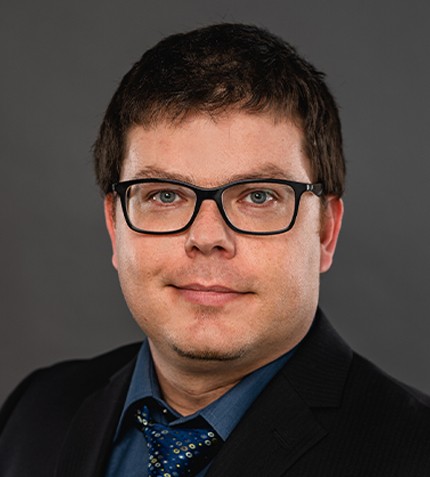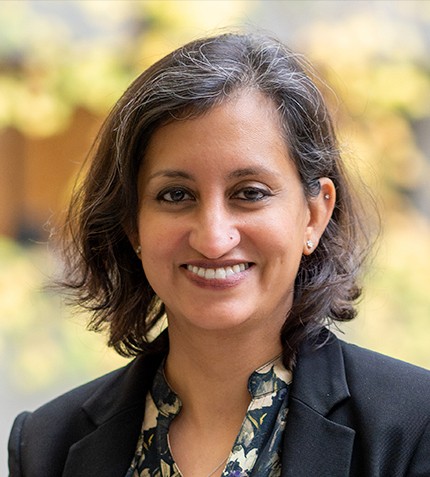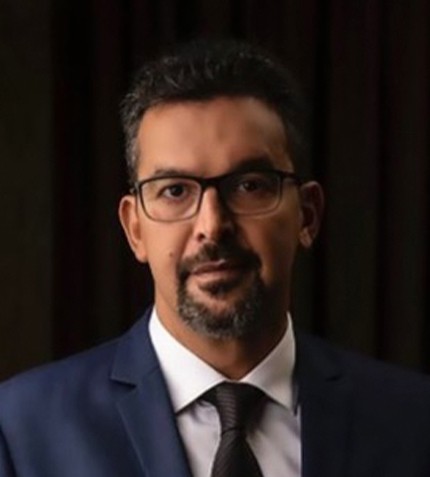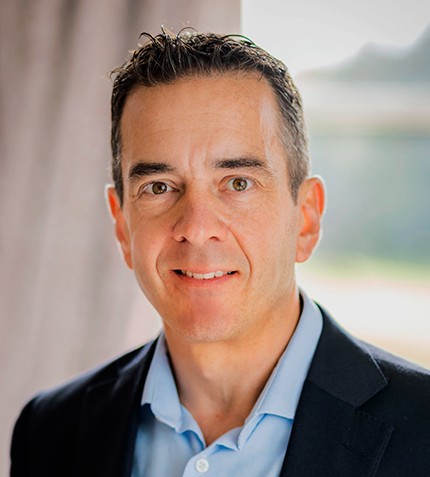
"In the summer and winter of 2023, the heli-portable drill will be the star of the show, especially regarding environmental impact and access to land factors."
Mathieu Dionne
PRESIDENT, DIAFOR
Can you give an overview of Diafor’s activities and achievements over the past year?
Over the past year, we doubled the size of our business. The company is now ready to answer heli-portable drilling needs. We see an increase in demand from battery metal projects such as lithium and graphite. During the past year, we also developed a turnkey drilling water treatment system and deployed it successfully on two projects already. Diafor was also able to significantly reduce our greenhouse gas emissions as part of our sustainability efforts.
How is Diafor positioning itself to work with both majors and explorers?
We assess that Diafor has an unmatched level of customer satisfaction with junior explorers, but will also be the best supplier for majors. So far, majors seem to prefer to have an upside potential in terms of drill availability from their larger drill supplier and they assume a smaller company such as Diafor will not have the capacity to take on their request. I want to put the message out that we do! We are often invited to bid on programs, which is a sign that the major companies are considering us as a potential supplier. Larger drilling companies are very competitive in winning contracts and they lower their prices to a point that is very close to their breakeven point. We respect our value and ask for the price we deserve for our services, but sometimes, this results in a 10% to 20% price gap. Clients that have worked with us before know that there is value in that price gap and that it is worth working with Diafor. Currently, we are actively seeking and welcoming First Nations partnerships.
How do you forecast demand for Diafor’s heli-portable drill capabilities to unfold in 2023?
In the summer and winter of 2023, the heli-portable drill will be the star of the show, especially regarding environmental impact and access to land factors. As environmental regulations are becoming more stringent, we cannot pull a drill on skids on wetlands 99% of the time, and using a heli-portable drill significantly reduces the impact on the environment. In the James Bay region, access infrastructure to lands is not as developed as in mid and southern parts of Québec where they have a large forestry industry or are closer to agglomerations, and it is then greatly beneficial to be able to fly the drill to the property where it is required. To date, the adoption rate of heli-portable drills has not been what it should have and many companies that have utilized it do not have the level of expertise required to make the programs successful. Demand and adoption interest however continues to develop and more companies like Diafor are adopting this method, especially with the drilling industry being extremely competitive and we have to incorporate more services into our portfolio to maintain our added value.
Can you elaborate on Diafor’s ESG commitments to the region?
ESG is key for Diafor, and we continue to invest in the local communities where we are based as well as where we operate. For example, in Malartic, we are focused on investing in sports activities and athletes, which is beneficial from a health point of view but are also continuously looking for social initiatives we can encourage and invest in. We also invest in suicide prevention activities.
In terms of our green commitments, we continue to develop technologies for water drilling fluid treatment to make it more efficient and respectful of the environment. We are also focused on reducing our carbon emissions, and through testing two different arrangements of power units on our drills, we found a combination that allows us to save 40 tons of greenhouse gas emission per drill per year based on lower fuel consumption. Diafor is proud to maintain our ECOLOGO certification.
What technological advancements do you think will be increasingly adopted in the coming years?
Real-time data collection and live communication with drill rigs will be a big improvement in terms of monitoring drill specifications and analyzing the data from all the drill parameters to define areas where we can decrease fuel consumption and optimize our operations. We can also determine workforce productivity through data analyses and identify where certain employees might need more training. Predictive and planned maintenance will also be improved, allowing for less downtime and more productive drilling.
What are Diafor’s growth objectives as we head into 2024?
Diafor aims to see another two-fold growth phase, but we remain focused on achieving this responsibly. We have invested in the proper equipment in line with our strategy to spend more time drilling and will ensure that we have the manpower to successfully exercise our commitments while keeping an unmatched level of customer satisfaction.










